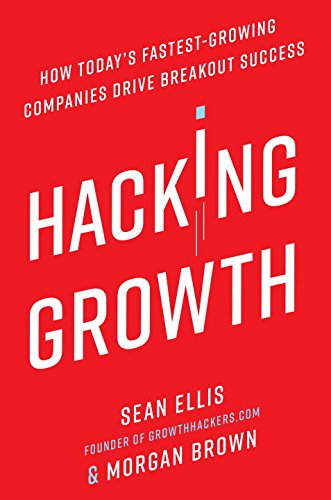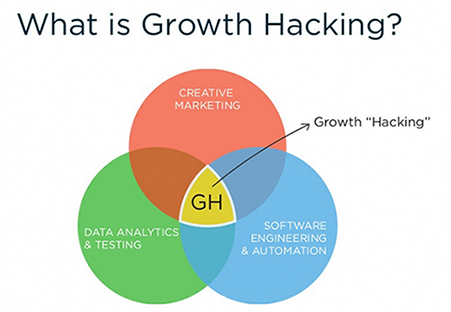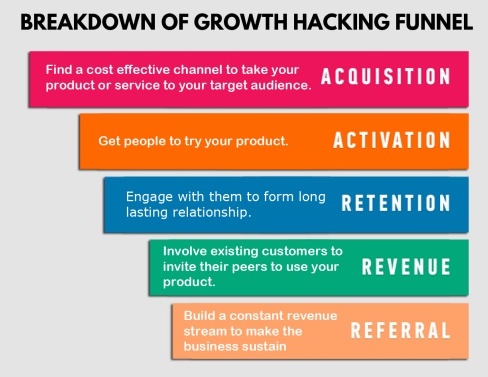
Growth Hacking is a now semi-mythological word and approach associated with smart digital marketing. As startups work on tight marketing budgets, they’ve had to devise creative ways to be effective marketing-wise. The lessons learned in startup marketing are fully applicable to any company with digital ambitions, hence the book. This article wants to be an extended review of the approach proposed in the “Hacking Growth” by Ellis and Brown and extend laterally into some general considerations on digital marketing.

The first and lasting impression, for having gone through quite a few methodologies and business frameworks before, this one strikes for something remarkable: there appears to be no secret sauce or quick take away to bring home.
You read through the chapters and think, “ok now the secret is coming out”! But alas, no, there is no immediate secret to capture.

First of all what is growth hacking?
Growth hacking is a convergence of disciplines, marketing, data analysis and software engineering to enable smart approaches in marketing. As digital marketing involves not just clear marketing thinking but an ability to quickly analyse results, experiment and develop, it should hardly come as a surprise that digital growth efforts require an ability to operate cross-functionally. This is much easier done in startups as often this expertise resides in a few people, if not the same person at times.
In this overlapping of competencies you can already observe the lack of a secret sauce in the approach. The basic idea is that you mix in the same room people having the three core skills and brainstorm to find effective ways to spur growth.
The starting point obviously is having a great product to begin with. No growth hacking can generate interest in a non-interesting product. Hardly surprising, but worth remembering.

In a super short version of the framework – but please refer to the book to know more – once the team is set up, the company has to make sure it’s dealing with a killer product, trying to understand what Sean Ellis defines as the “aha” moment, the moment the customer experiences the full utility of the product. In doing so it helps to try to define the product by using counterfactuals (“could you do without?” “how disappointed would be if the product never existed?”).
Levers of growth refers to an understanding of what really drives growth for the product. This can be very specific to a product and it does often require experimentation.
Here the concept of fast-paced testing – paramount throughout the book and the framework – but not really new, as it is at the core of Eric Ries’ “Lean Startup” – first appears. The idea is that the growth hacking team comes up with lots of different ideas and test them at speed, as not of all of them are successful or equally effective.

The second part of the book breaks digital marketing into its customary components (acquisition, activation, retention, monetisation and referral or growth cycle) to explore how the growth hacking methodology can help in each of those areas. Here is where the hidden gems of the authors growth experience and tricks of the trade lie for you to discover, tips that can help a marketer expand his thinking around the growth issue, for which I again refer you to the book.
Overall, even if the framework lacks a killer point or quick take away, and has mostly to do with experimentation and testing, it is still quite interesting and worthwhile your attention.
After reading the book, you will still have to devise for your own the growth hacking tricks but you will be certainly left better equipped and will have increased your odds of being successful at it.
